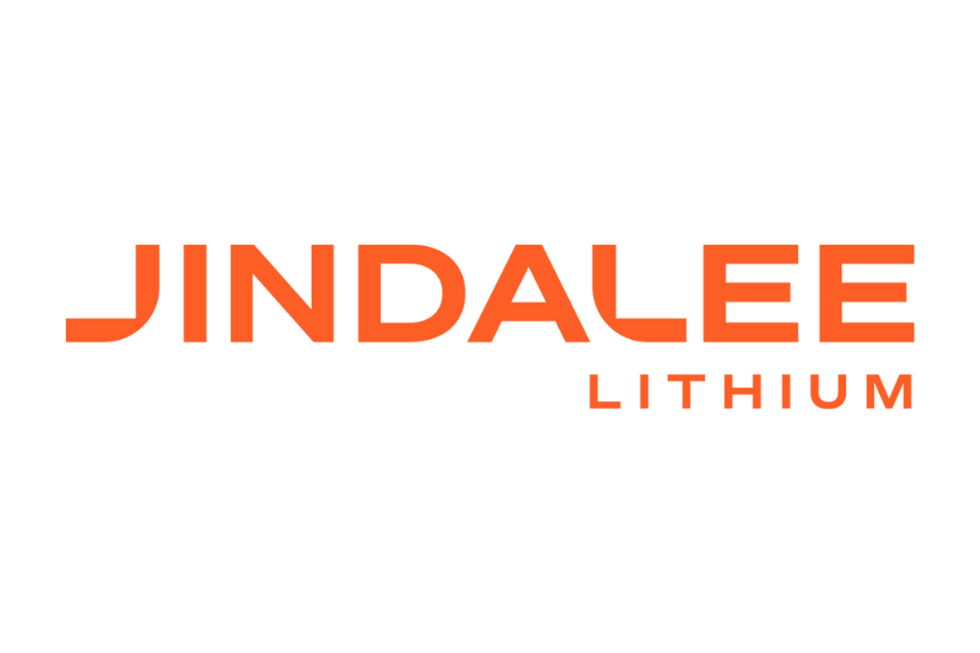Gizmag reported that researchers at the University of California, Riverside have developed a superior lithium-ion battery. The key is an anode that’s made using sand, not graphite.
Gizmag reported that researchers at the University of California, Riverside have developed a superior lithium-ion battery. The key is an anode that’s made using sand, not graphite.
As quoted in the market news:
When Zachary Favors, a graduate student at UC Riverside working on developing better lithium-ion batteries, noticed that the beach sand he was relaxing on after surfing in San Clemente, California was primarily made up of quartz, or silicon dioxide, it prompted him to delve a little deeper. Researching where in the US sand could be found with a high percentage of quartz, he ended up at the Cedar Creek Reservoir in Texas.
He collected some of the sand and took it back to a lab at the Bourns College of Engineering at UC Riverside where he worked with engineering professors Cengiz and Mihri Ozkan. Favors started milling the sand down to the nanometer scale before putting it through a series of purification steps that gave it a similar color and texture to powdered sugar.
He then ground salt and magnesium into the purified quartz and heated the resulting powder. In this very simple process, the salt acted as a heat absorber while the magnesium removed oxygen from the quartz, resulting in pure silicon. More than that, the pure nano-silicon formed in a very porous, 3D silicon sponge-like consistency. Porosity is one of the keys to improving the performance of battery anodes as it provides a large surface area and allows lithium ions to travel through them more quickly.





